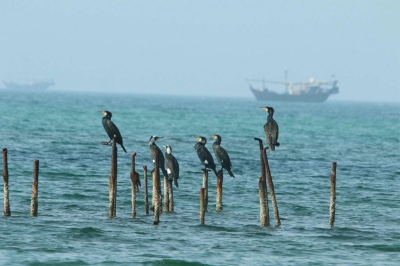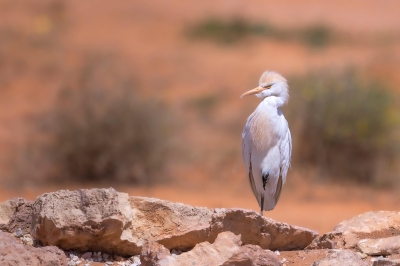
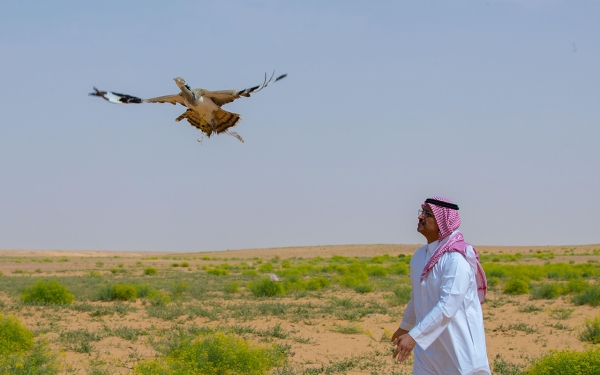
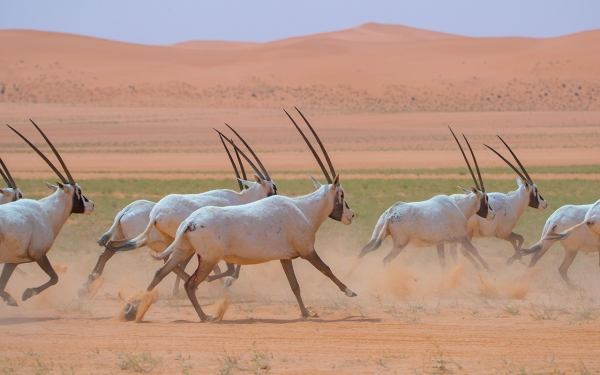
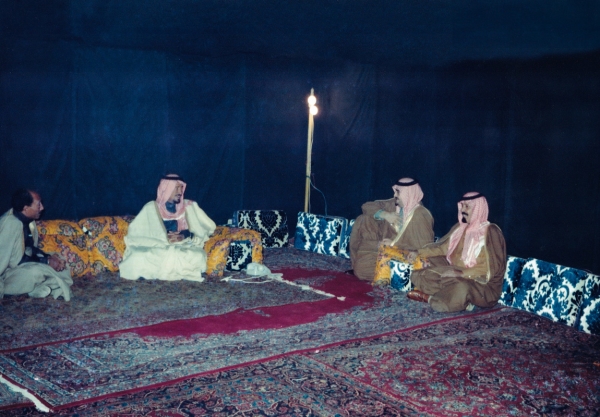
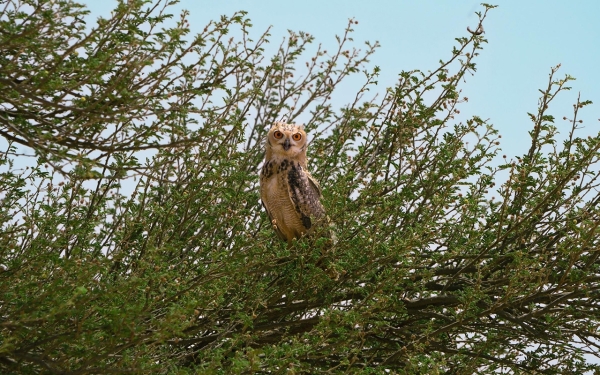
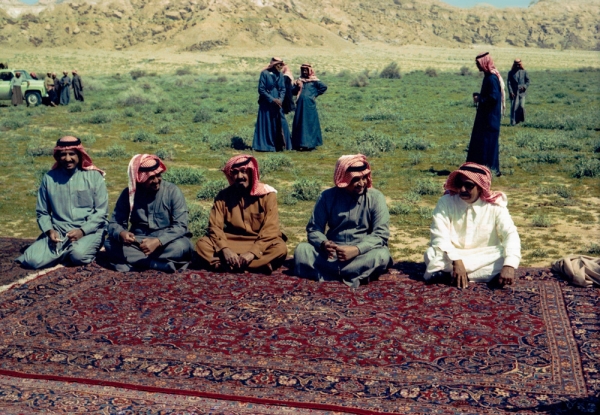
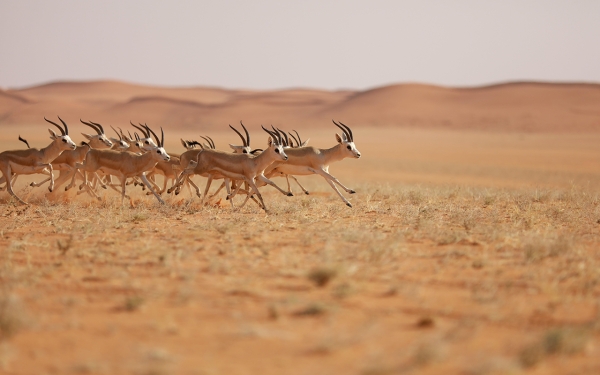
King Abdulaziz Royal Reserve is one of the eight royal reserves in the Kingdom of Saudi Arabia. A Royal Order was issued on June 2, 2018, converting al-Tanhat and al-Khafs reserves, along with their surrounding areas, into a royal reserve under the name "King Abdulaziz Royal Reserve."
Location and boundaries of King Abdulaziz Royal Reserve
The reserve is located northeast of Riyadh. It is bordered by Hafr al-Batin Governorate to the north, al-Majma’ah Governorate to the west, Riyadh City to the south, and Qaryat al-Ulya Governorate to the east. The majority of the reserve lies within Riyadh Province, with a portion extending into the Eastern Province. The reserve spans an area of approximately 28,000 km and includes within its boundaries al-Khafs, al-Tanhat, and Noura meadows, as well as part of as-Summan Plateau and ad-Dahna' Desert. These areas hold a rich historical heritage.
Historical significance of King Abdulaziz Royal Reserve
The lands of the reserve have witnessed significant historical events and achievements associated with the Founding King Abdulaziz Bin Abdulrahman Al Saud, and his sons after him. These lands have served as venues for receiving citizens, presidents, leaders, and delegations in its various regions. Some of these notable events include:
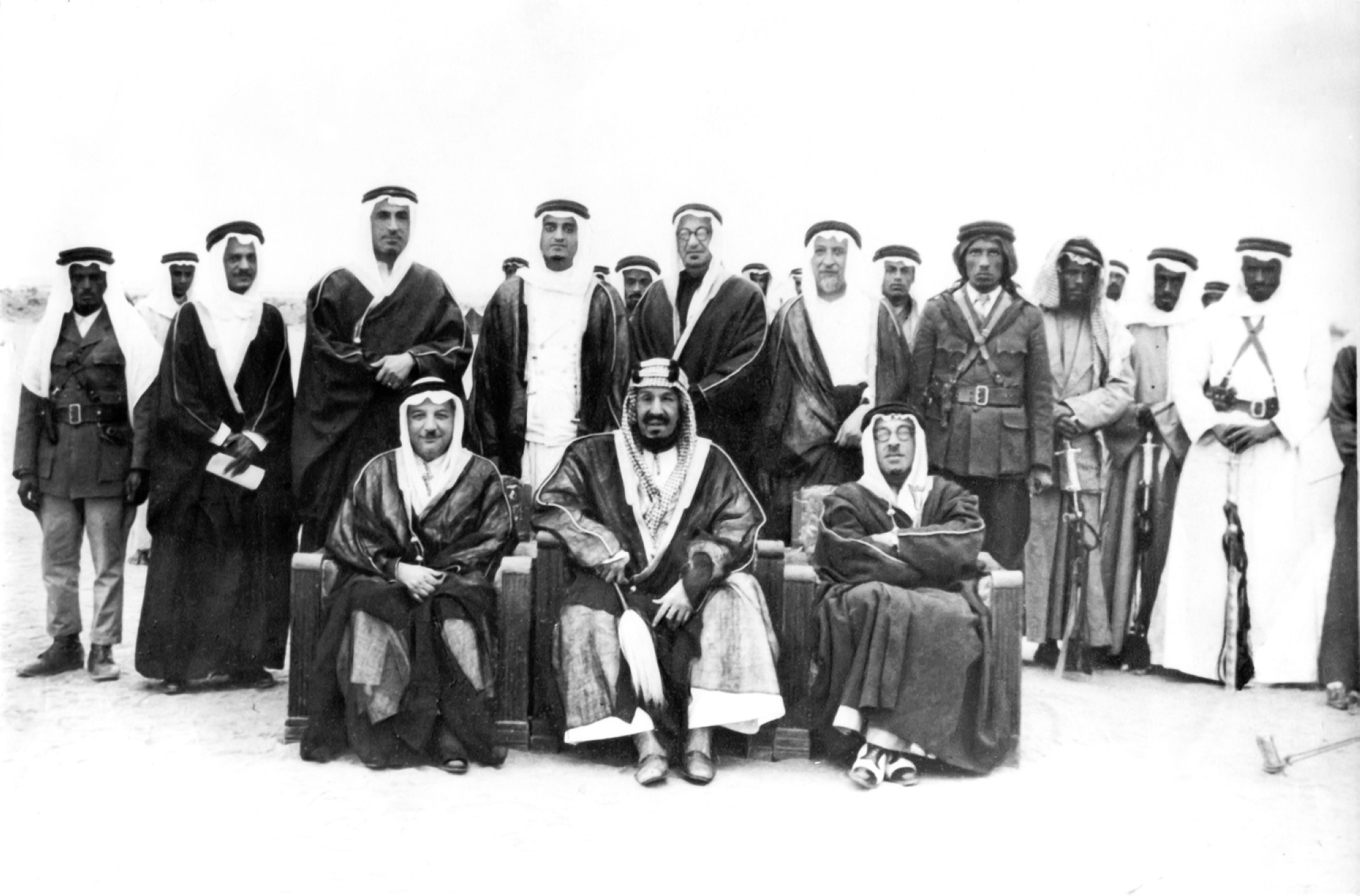
- Al-Shawki, 1900: Among the valleys of al-Shawki, King Abdulaziz camped with his troops, leading them in the first attempt to reclaim Riyadh.
- Ad-Dahna', 1902: King Abdulaziz returned with his forces determined to reclaim Riyadh.
- Al-Tanhat, 1940: King Abdulaziz received the Iraqi delegation in a meeting where the Saudi-Iraqi borders were delineated.
Natural features of King Abdulaziz Royal Reserve
The reserve consists of diverse geographical terrains, including:
Rawdat al-Tanhat: A favorite retreat of the Founding King, it is one of the largest meadows, with many valleys flowing into it, most notably al-Shawki Valley. It is rich in acacia (Acacia gerrardii) and Ziziphus nummularia trees, as well as various flowers such as lavender. The meadow is renowned for its fertile soil and the variety of plants that grow there.
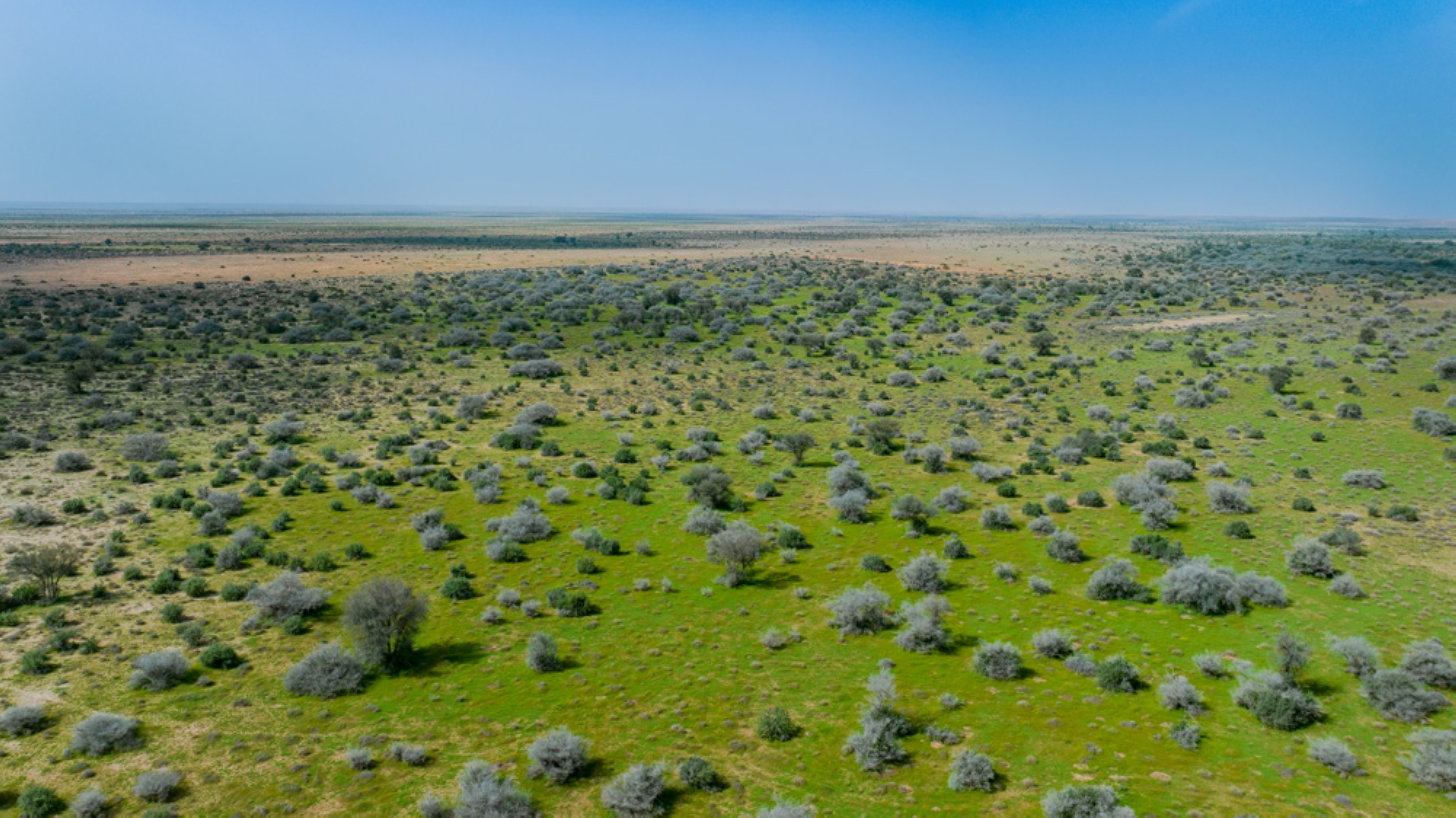
Rawdat al-Khafs: A flat sandy plain covered with grass and flowers, with no large trees. Several streams flow into it, the most notable being Malham, Daqla, and Mahraqah.
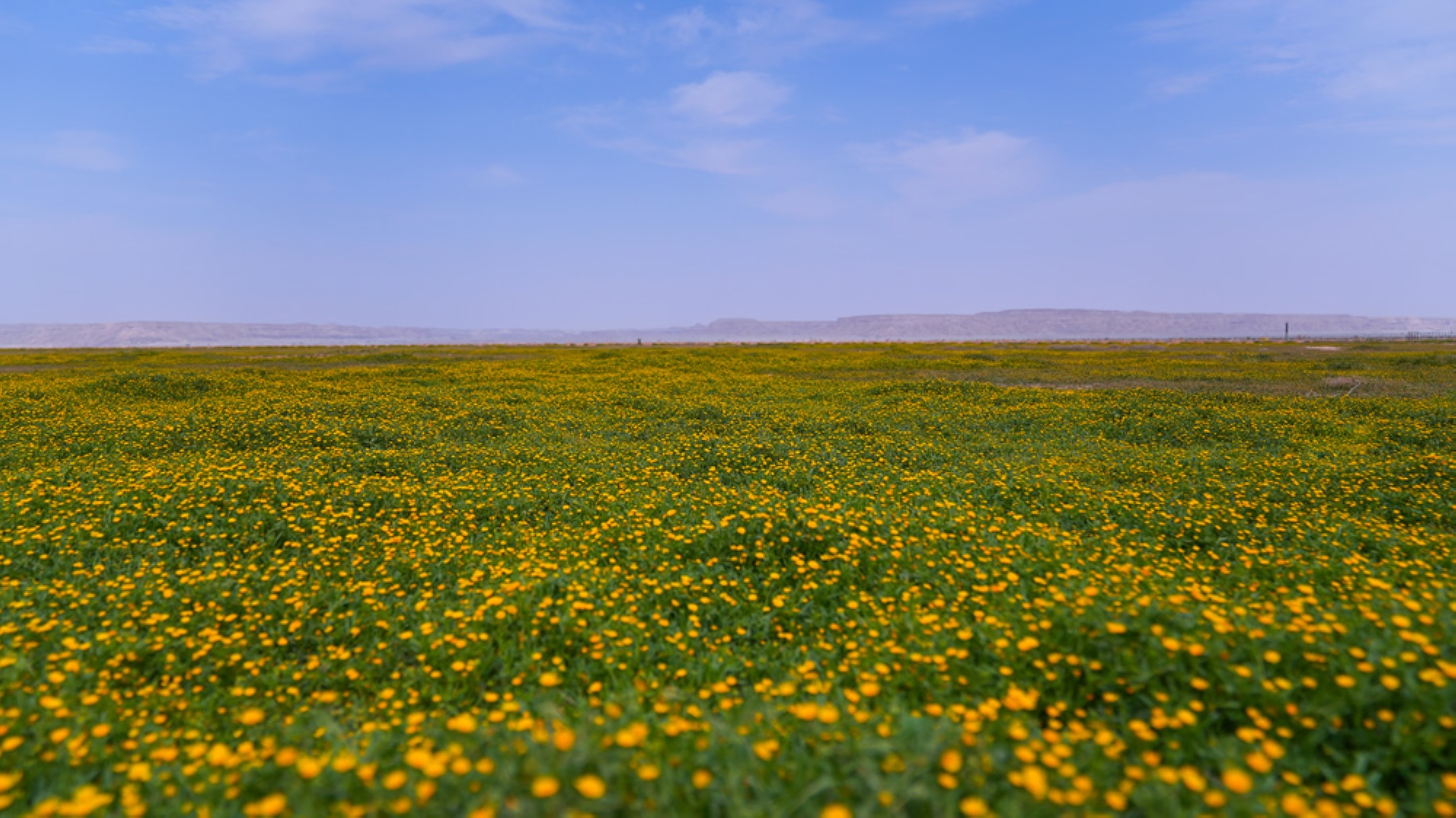
- Rawdat al-Khushm: A low-lying meadow below ground level, with most of its areas covered by rainwater. The abundance of trees, primarily Ziziphus nummularia and acacia, gives it the appearance of a forest, along with seasonal grasses. The meadow is named after Khushm al-Artawi, one of the streams that flow into it.
Rawdat Noura: A medium-sized meadow with an area of three km², abundant with perennial plants and seasonal grasses, especially wormwood (Artemisia), desert lavender (Pulicaria), and acacia. It is nourished by al-Atash Valley and Ruwaighib Valley.
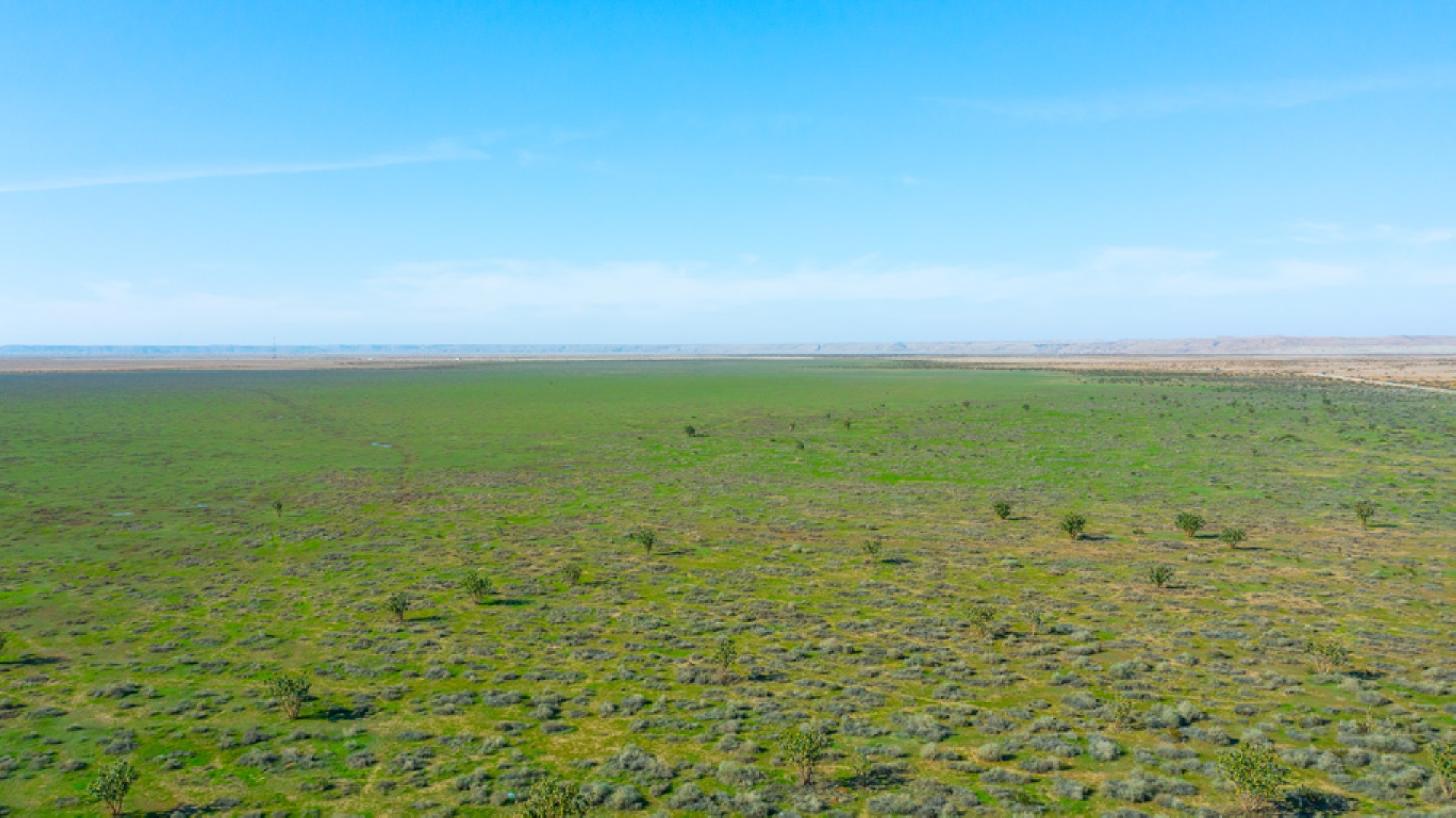
- Qalta Umm Qulaida: Located east of Tumair at the base of al-Armah Mountains, it is characterized by natural carvings and large water basins where rainwater accumulates, transforming the area into waterfalls that flow into these basins. The basins resemble natural swimming pools surrounded by carved rocks.
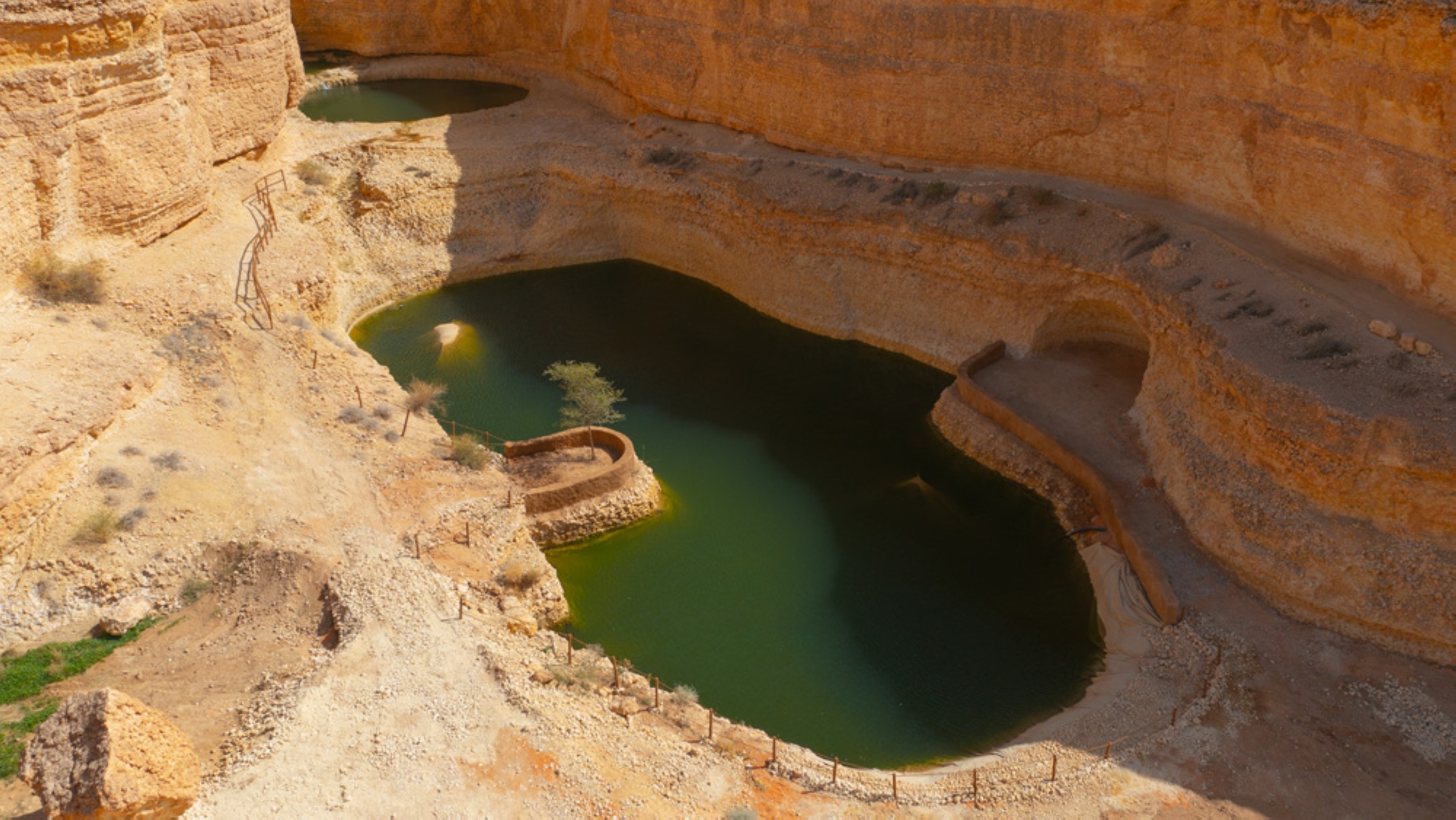
Ad-Dahna' Desert: Also known as the "Small Nufud Desert," it serves as a sandy bridge between the Nafud Desert and al-Rub' al-Khali (Empty Quarter). It spans an area of 45,000 km², featuring red sand formations branching like veins and accounting for 1.7 percent of Saudi Arabia's sand dunes. The dunes of ad-Dahna' are star-shaped, reaching heights of up to one hundred m.
At-Tawqi Valley: A sparsely branched valley stretching 110 km, it originates from Khashm at-Tawqi in al-Armah Mountains and flows into ad-Dahna' Desert. Its steep banks turn into a watercourse during the rainy season, with acacia and Ziziphus nummularia trees growing along its sides.
Al-Shawqi Valley: A sprawling valley over sixty-five km long, located at an altitude of four hundred m above sea level. It is one of the valleys of al-Armah Mountains, descending from its peak and flowing into Rawdat al-Tanhat. The valley is rich in acacia trees and is well-known for its numerous natural water pools.
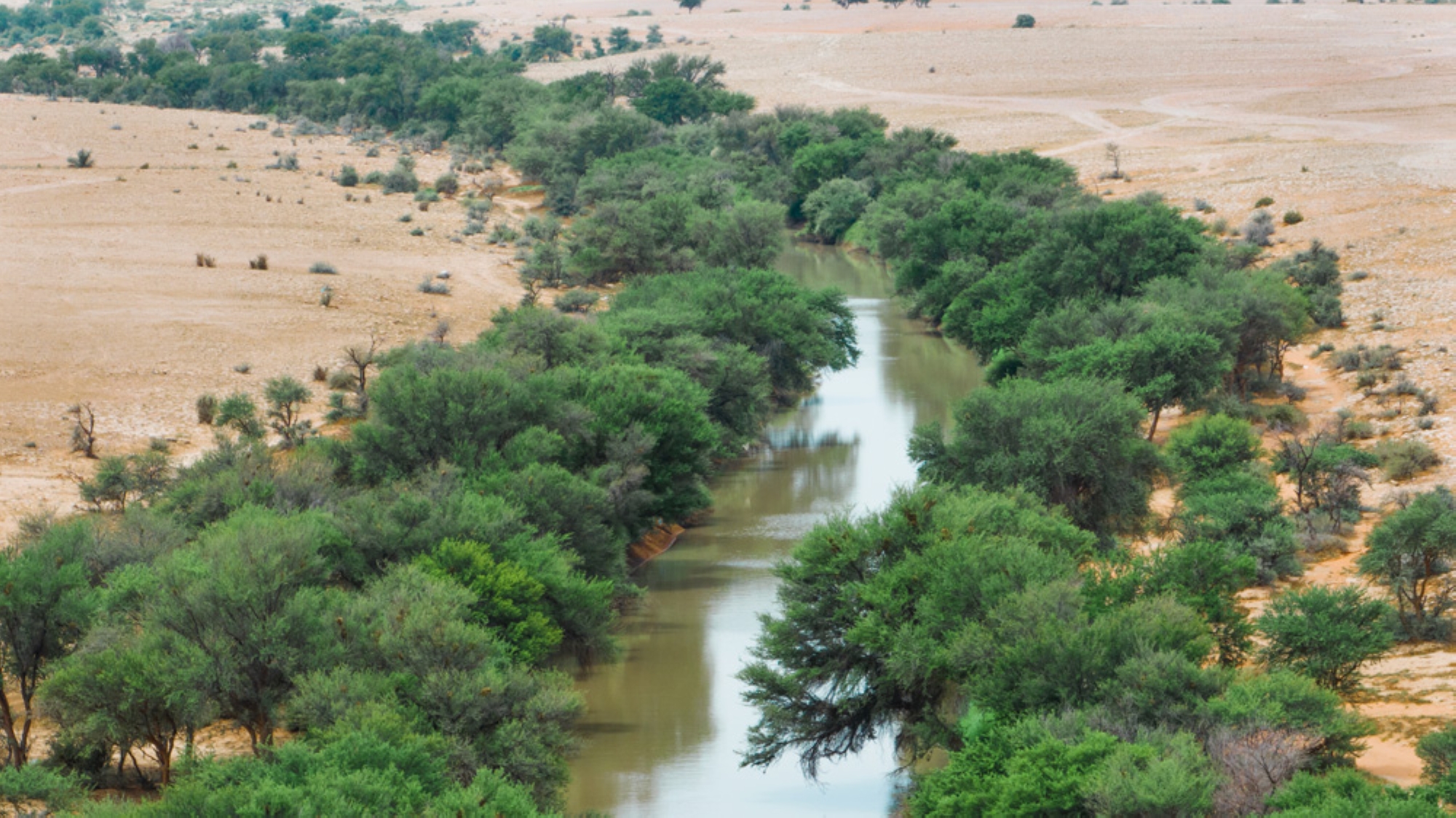
At-Tayri Valley: A large valley with several tributaries, densely covered with tall sweet acacia and Ziziphus nummularia trees. It originates from the upper reaches of al-Armah Mountains and flows into Rawdat al-Tanhat, where its waters settle.
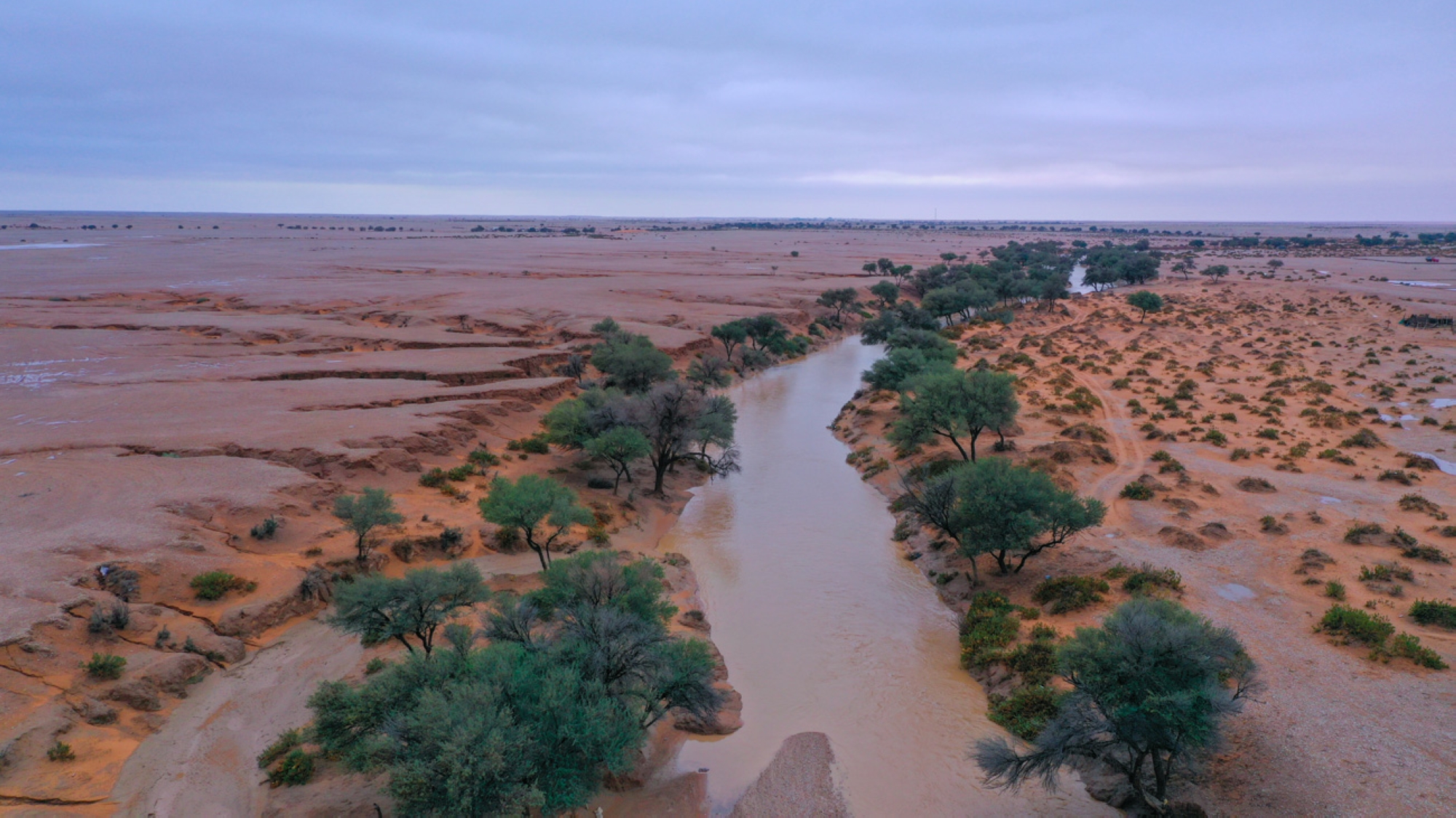
As-Summan Plateau: A rectangular rocky plateau with a nearly flat surface, ranging in width from eighty to 250 km, and extending from north to south. It is located east of the Najd Plateau, separated from it by ad-Dahna' Desert. The plateau is characterized by numerous depressions and water collection areas, including meadows, valleys, and basins.
Wildlife in King Abdulaziz Royal Reserve
The reserve is rich in distinctive biodiversity, hosting a wide variety of wildlife that contributes to the region's ecological uniqueness. It serves as a habitat for numerous terrestrial animals, including:
- Arabian Oryx (Oryx leucoryx): Known for its strikingly beautiful eyes and straight horns, it can survive without water for up to six months.
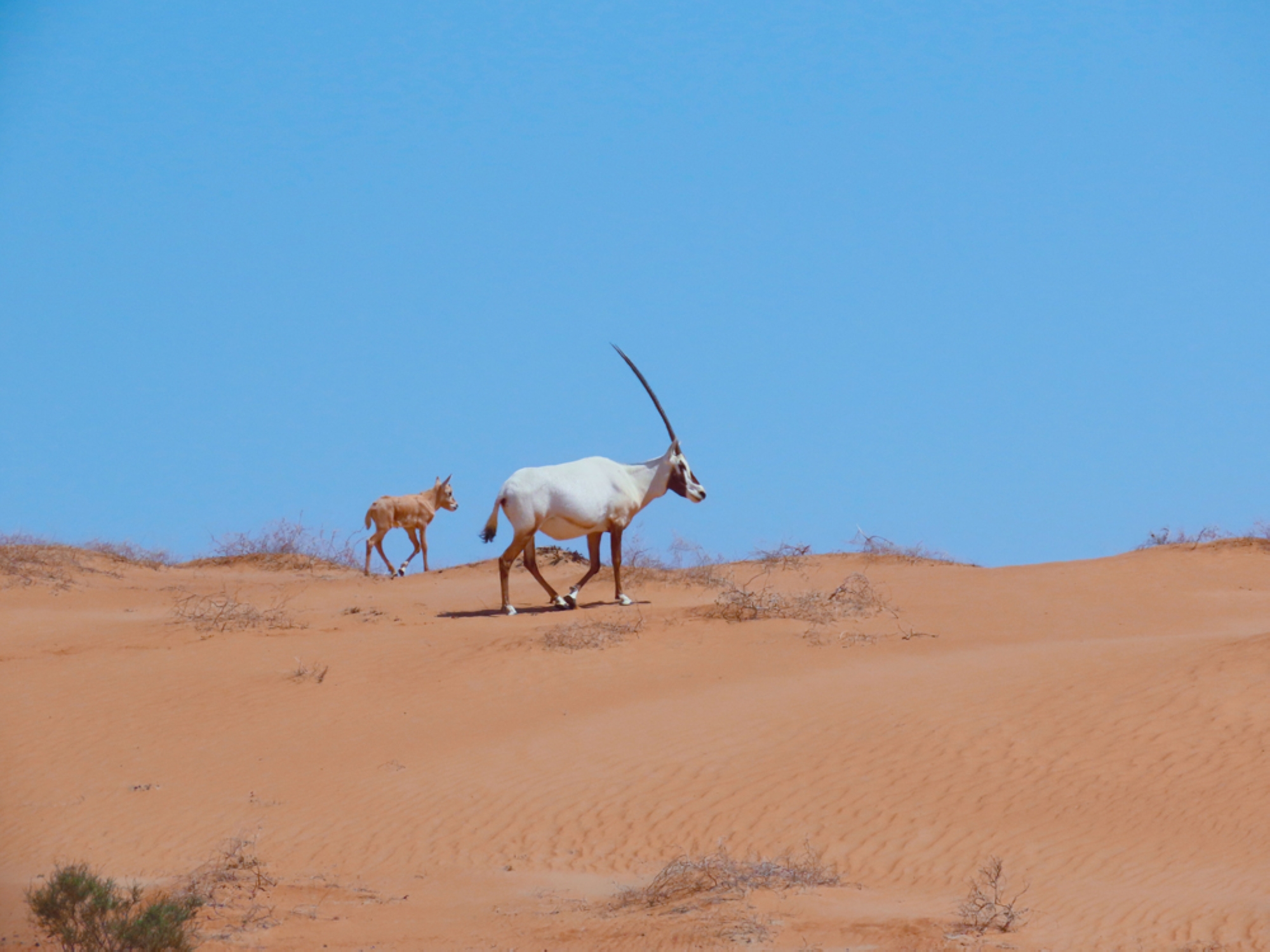
- Reem Gazelle (Gazella marica): A subspecies of Arabian gazelles, distinguished by its beauty and agility.
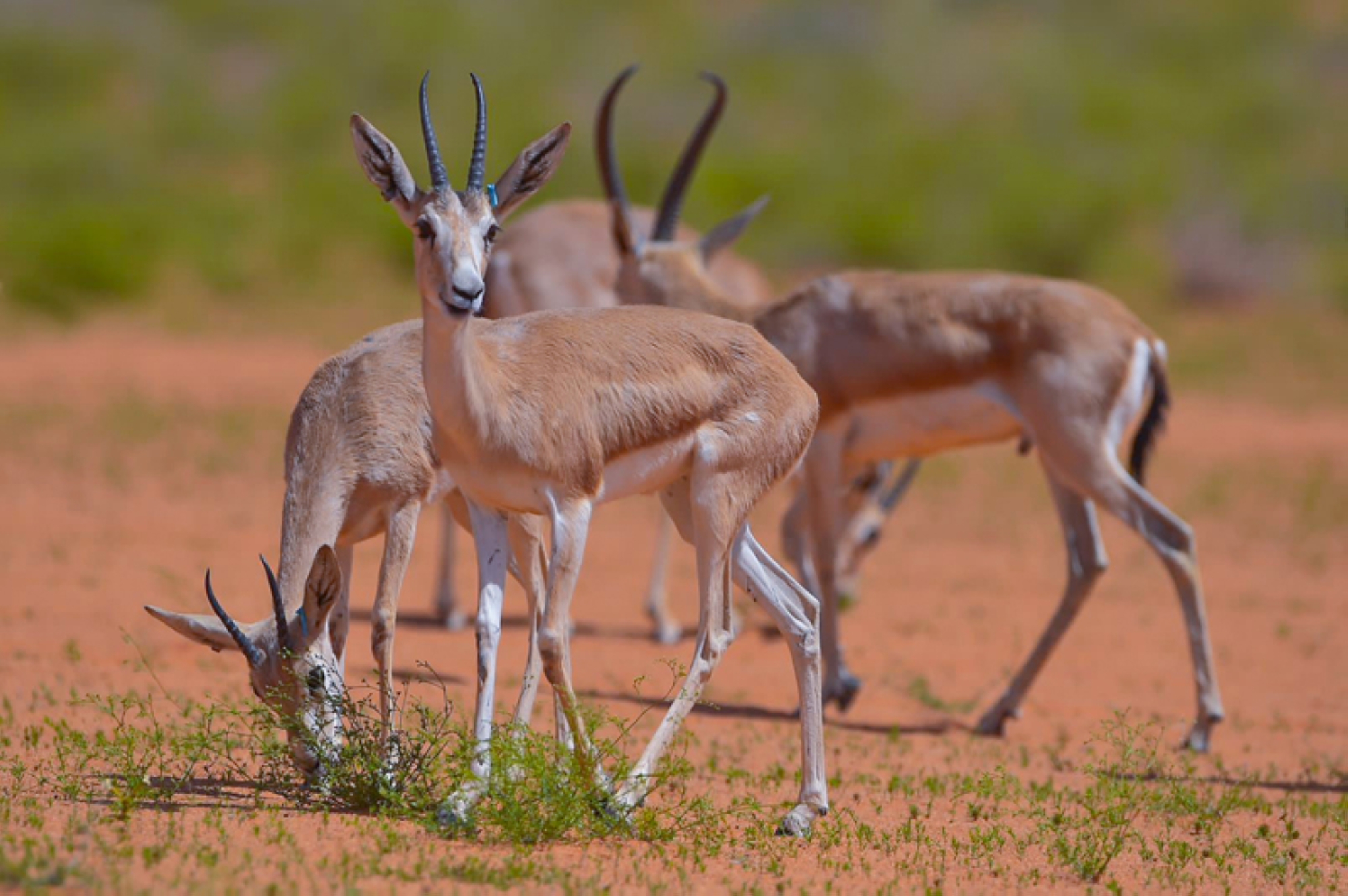
- Arabian Wolf (Canis lupus): A nocturnal creature that becomes active after sunset and takes shelter in caves. It differs from other gray wolf subspecies as it neither howls nor lives in large packs.
- Steppe Eagle (Aquila nipalensis): A migratory winter bird, distinguished by its brown coloration, with the female being larger than the male.
- Griffon Vulture (Gyps fulvus): A migratory bird known for its large size, with ideal habitats on mountainous cliffs.
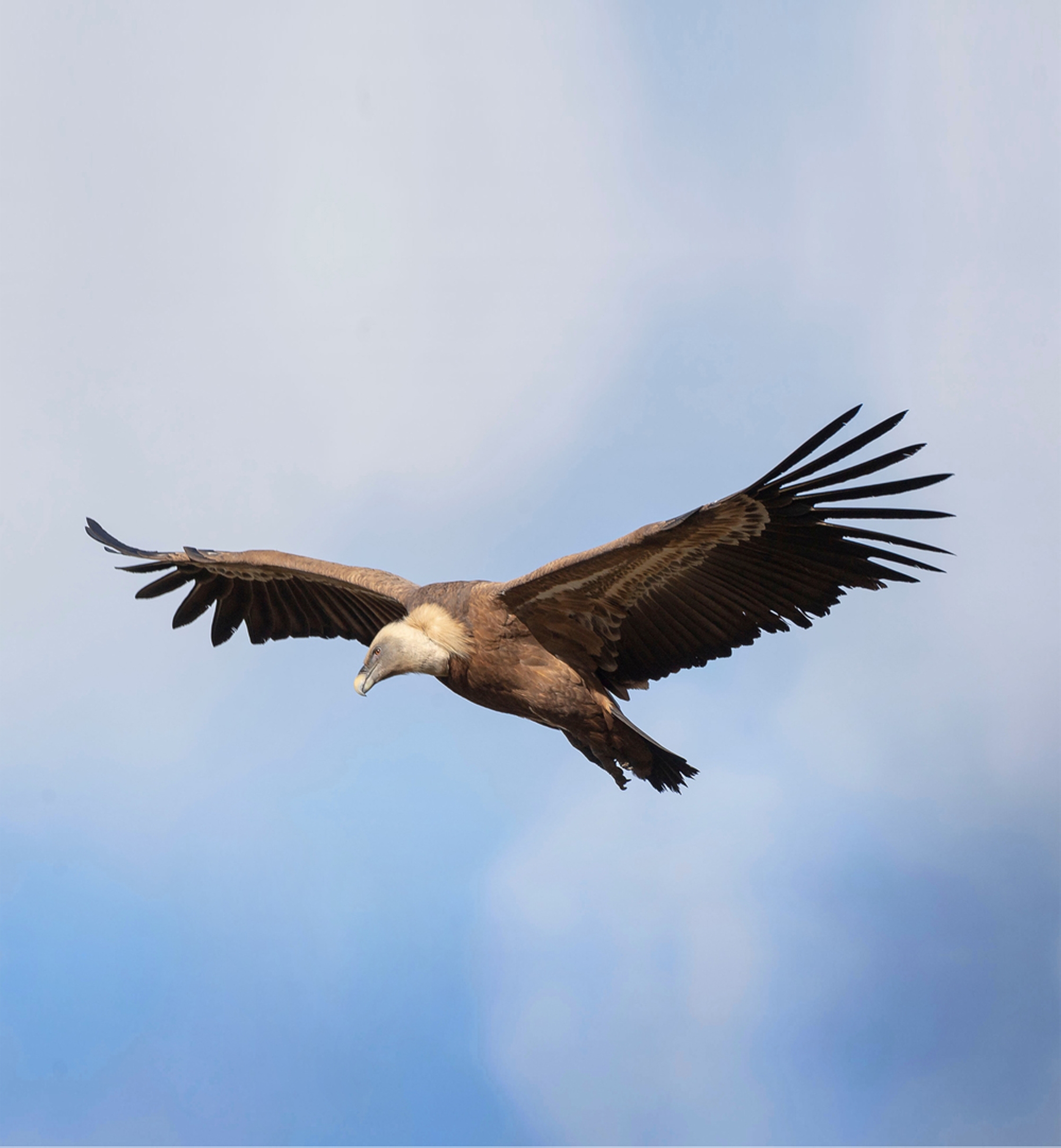
- Rüppell’s Fox (Vulpes rueppellii): A medium-sized fox characterized by its long ears and bushy tail, it inhabits open sandy and desert regions.
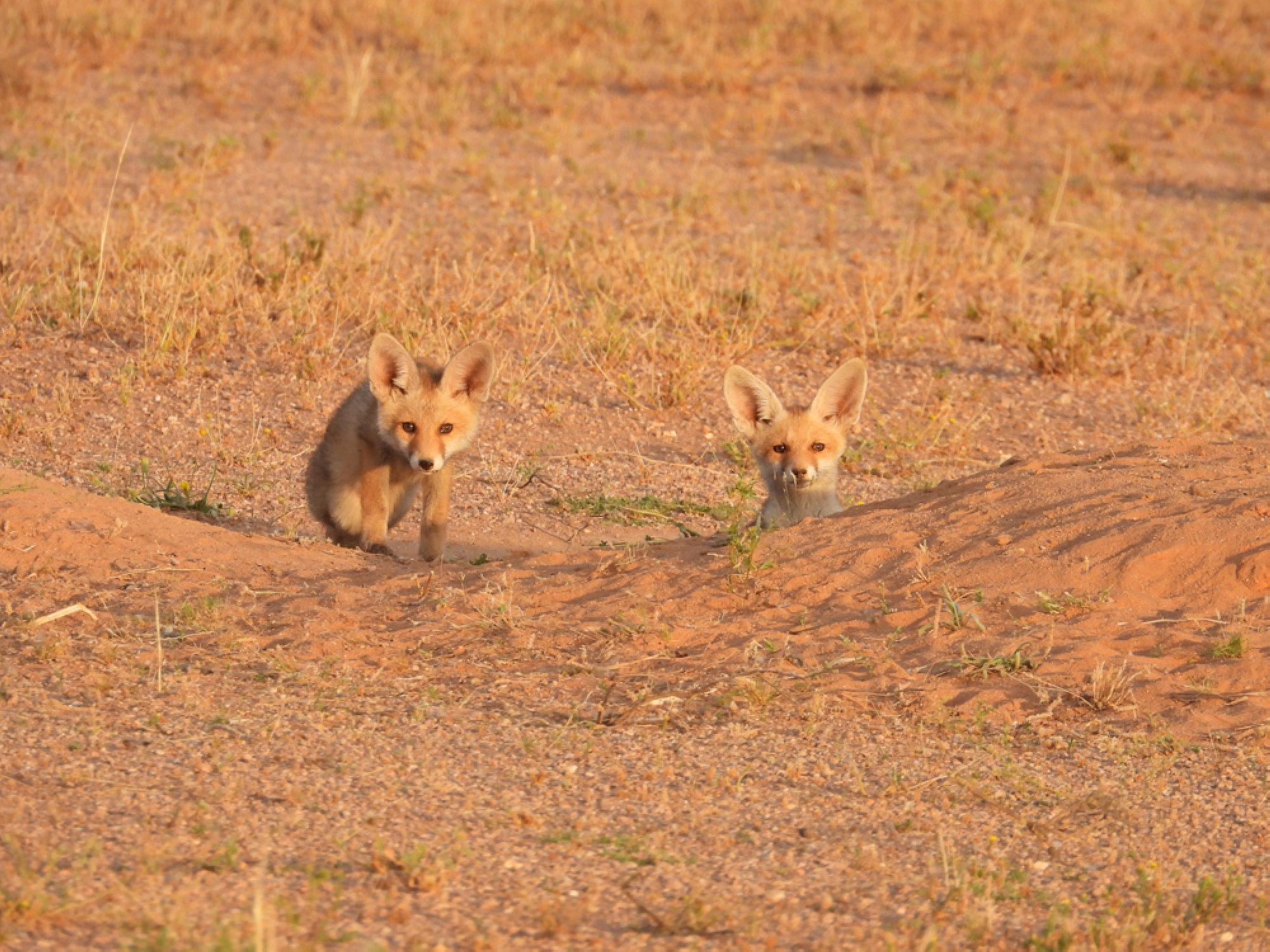
- Sand Cat (Felis margarita): Found in sandy desert areas, it is nocturnal, venturing out only after dark to hunt for food.
- Honey Badger (Mellivora capensis): Named for its preference for honey. It is distinguished by its thick skin, which protects it from predators, and sharp, long claws that make it a formidable animal to confront.
- Horned Viper (Cerastes gasperetii): A highly venomous nocturnal creature, also known as the horned viper.
Vegetation in King Abdulaziz Royal Reserve
The reserve hosts a diverse range of vegetation depending on its natural terrain. Notable plants found in the reserve include:
- Acacia (Acacia gerrardii): A tree mentioned in the Holy Quran, it has thorny stems and dark, cracked bark. It has been used as a remedy since the time of the pharaohs.
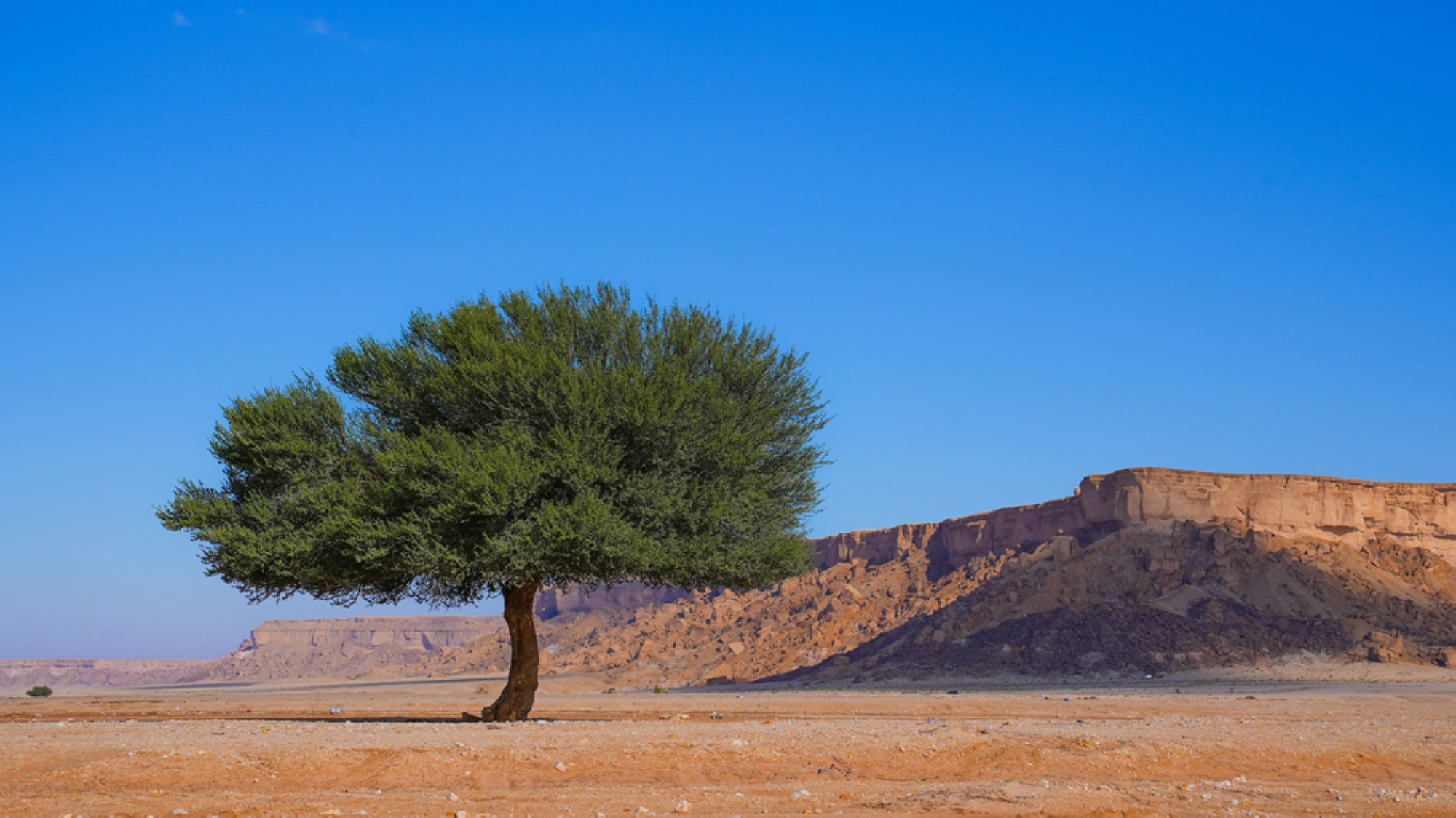
- Arta (Polygonaceae Calligonum comosum): A leafless shrub known as arta or abal, adorned with yellowish-white flowers that bloom in spring. It is visually appealing, edible, and emits a pleasant fragrance.
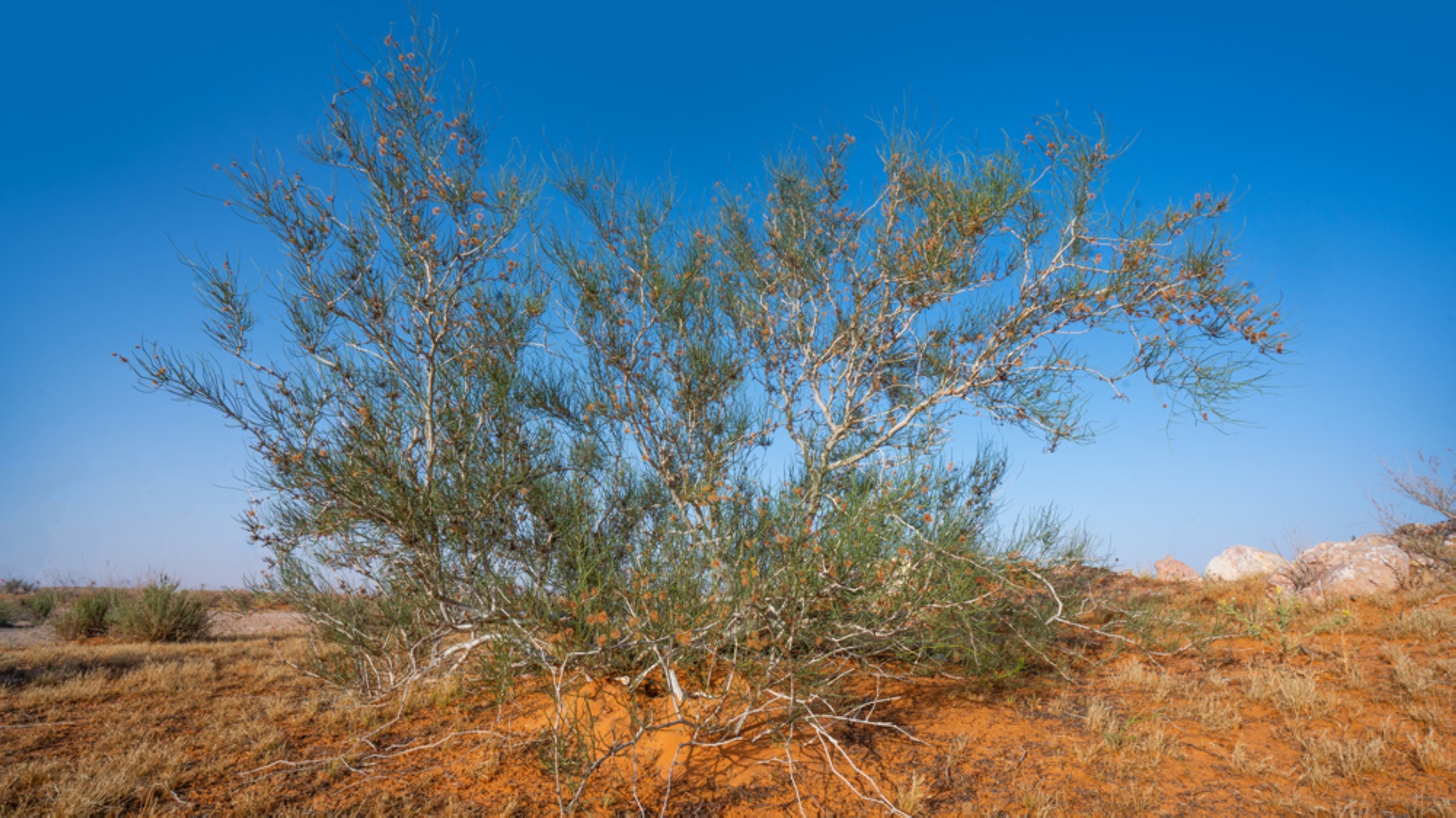
- Ziziphus nummularia (Rhamnaceae Ziziphus nummularia): Desert shrubs with dense leaves, sometimes growing several m tall. They have been used in traditional medicine in the Arabian Peninsula for thousands of years.
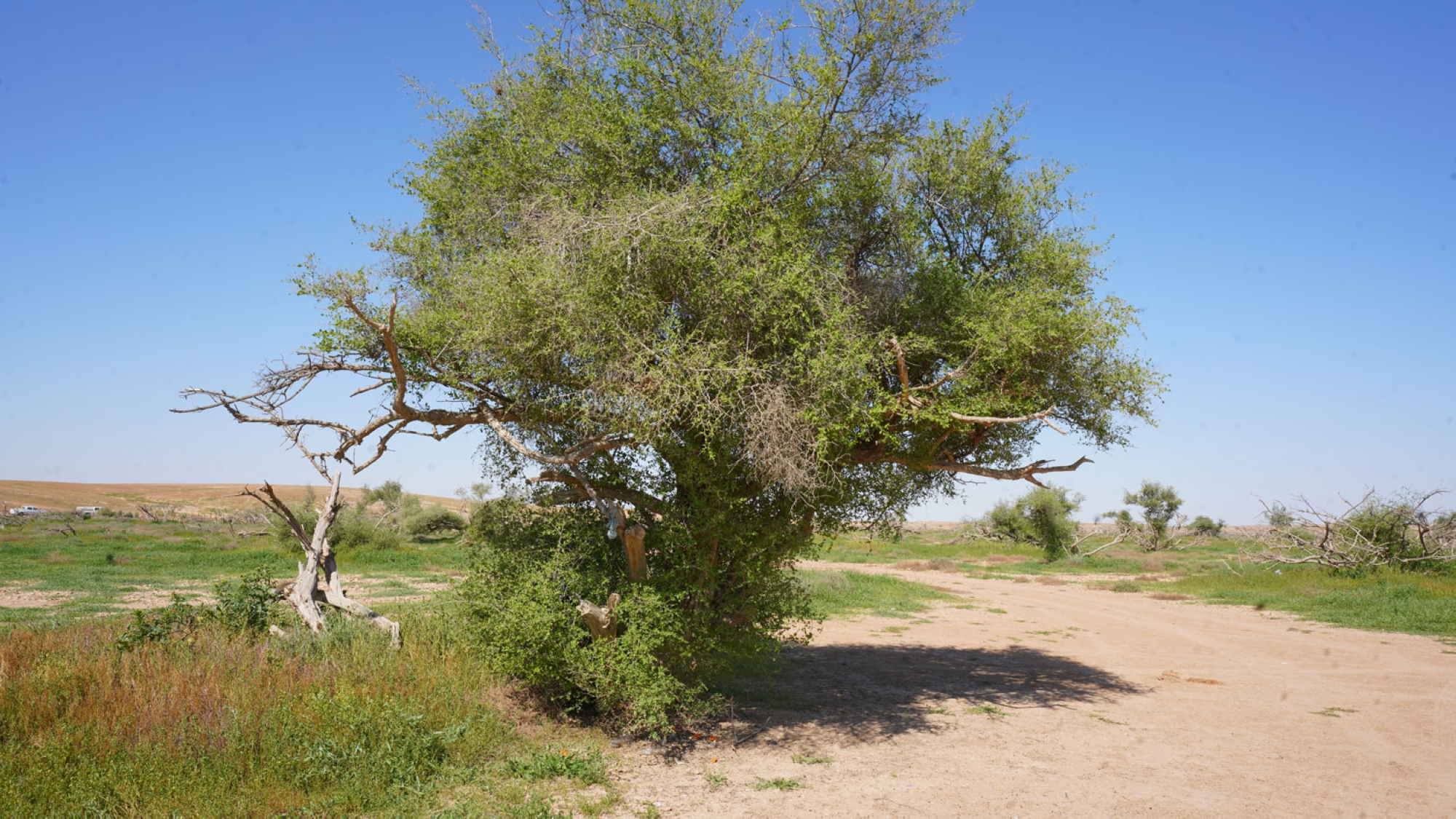
- Harmal (Apocynaceae Rhazya stricta): A dense, thorny perennial herb with lobed leaves and a distinctive aroma. It has been known for its numerous health benefits since the time of the Greeks.
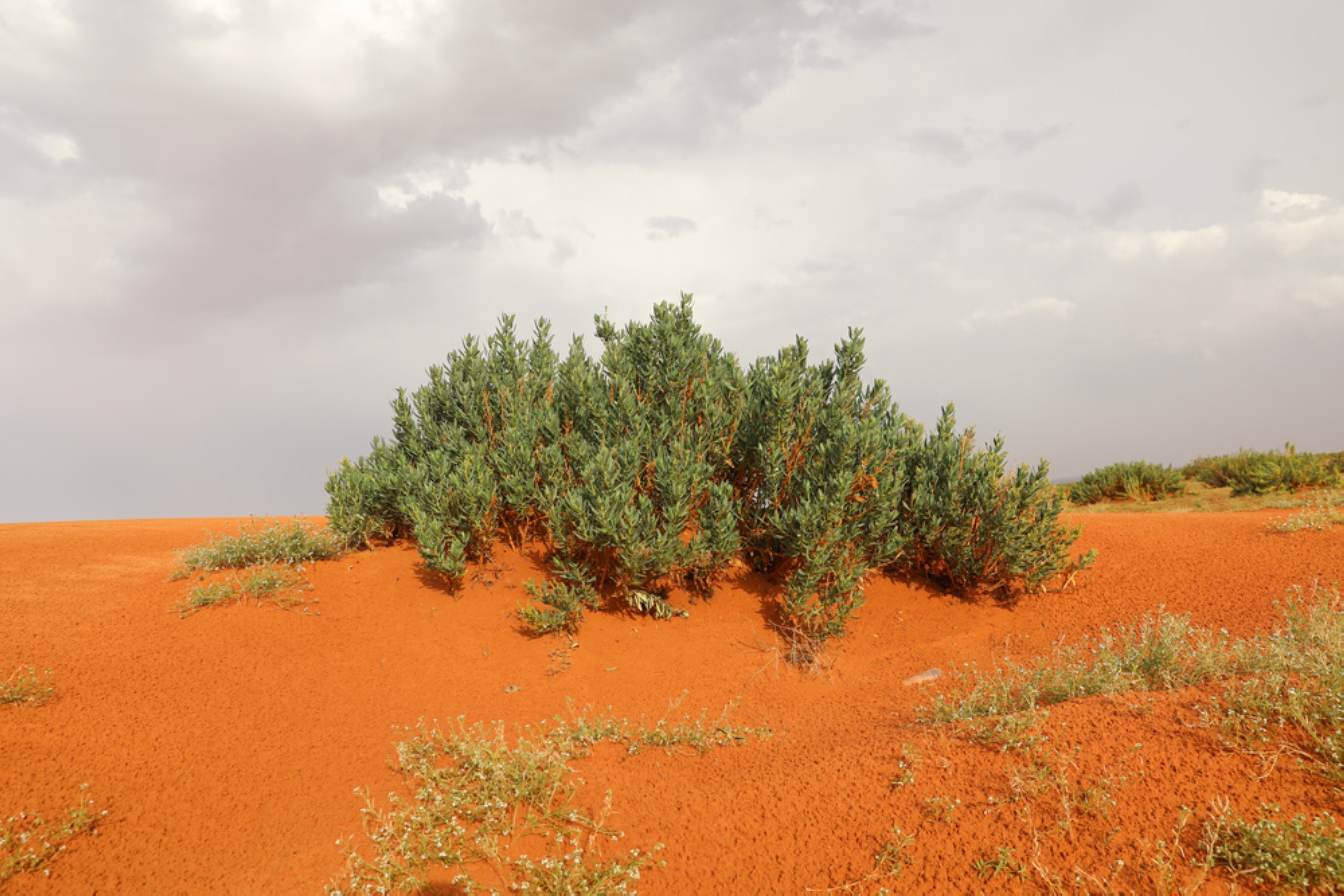
- Lavender (Horwoodia dicksoniae, Brassicaceae): An annual plant with beautiful purple flowers and green leaves, known for its pleasant fragrance. It is commonly used in the perfume industry.
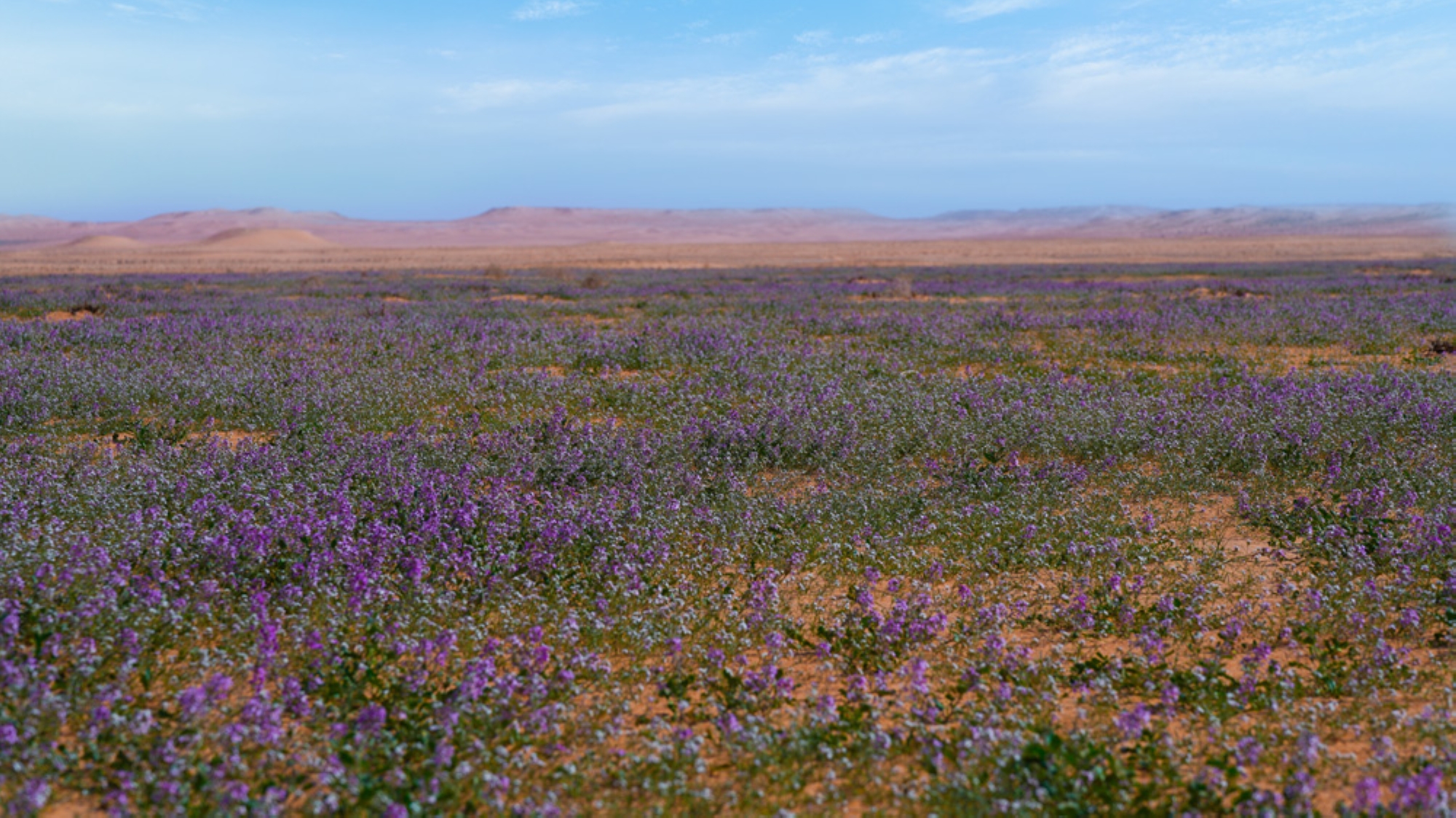
- Colocynth (Cucurbitaceae Citrullus colocynthis): An annual plant that thrives in fall, characterized by yellow flowers and fruits that start green and turn yellow. Its rough leaves have threads underneath that intertwine to anchor the plant to the ground.
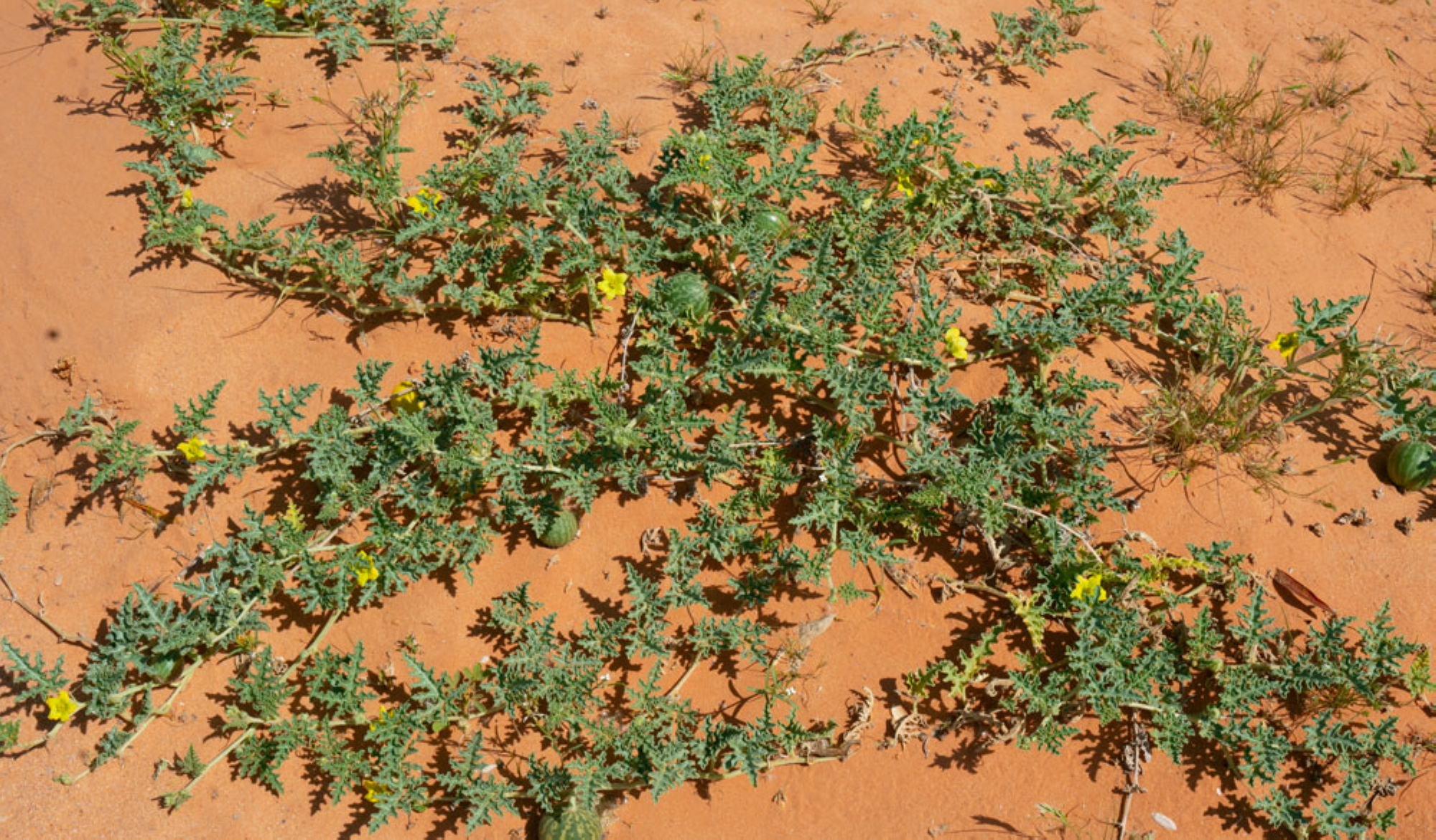
- Desert Thorn (Solanaceae Lycium shawii): A perennial thorny shrub that grows up to two m tall, with branched stems, green leaves, bell-shaped flowers, and red sweet-tasting fruits when ripe.
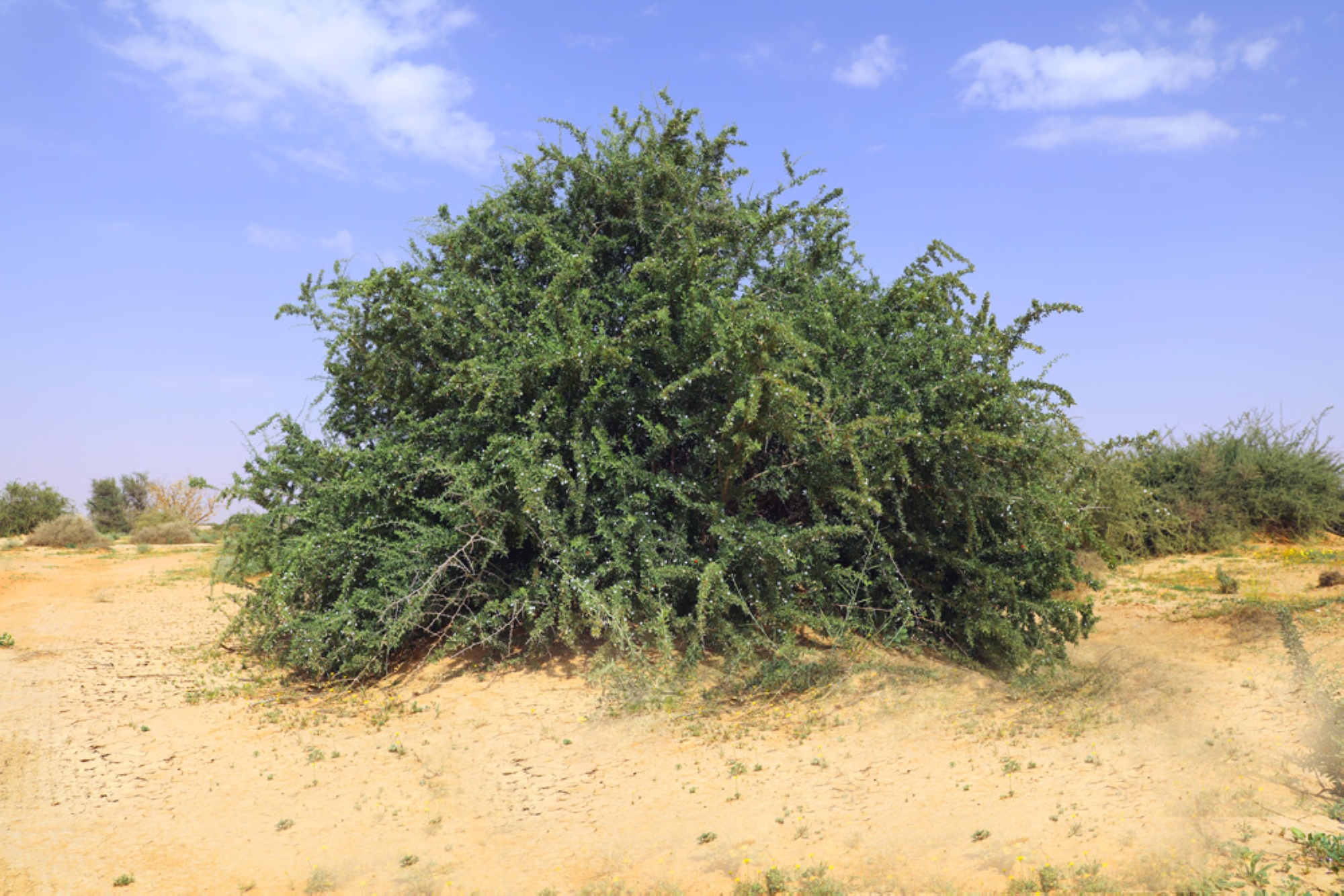
- Saltbush (Chenopodiaceae Atriplex leucoclada,): A halophyte plant whose leaf shape varies depending on the environment it grows in. It is considered significant for agricultural purposes.
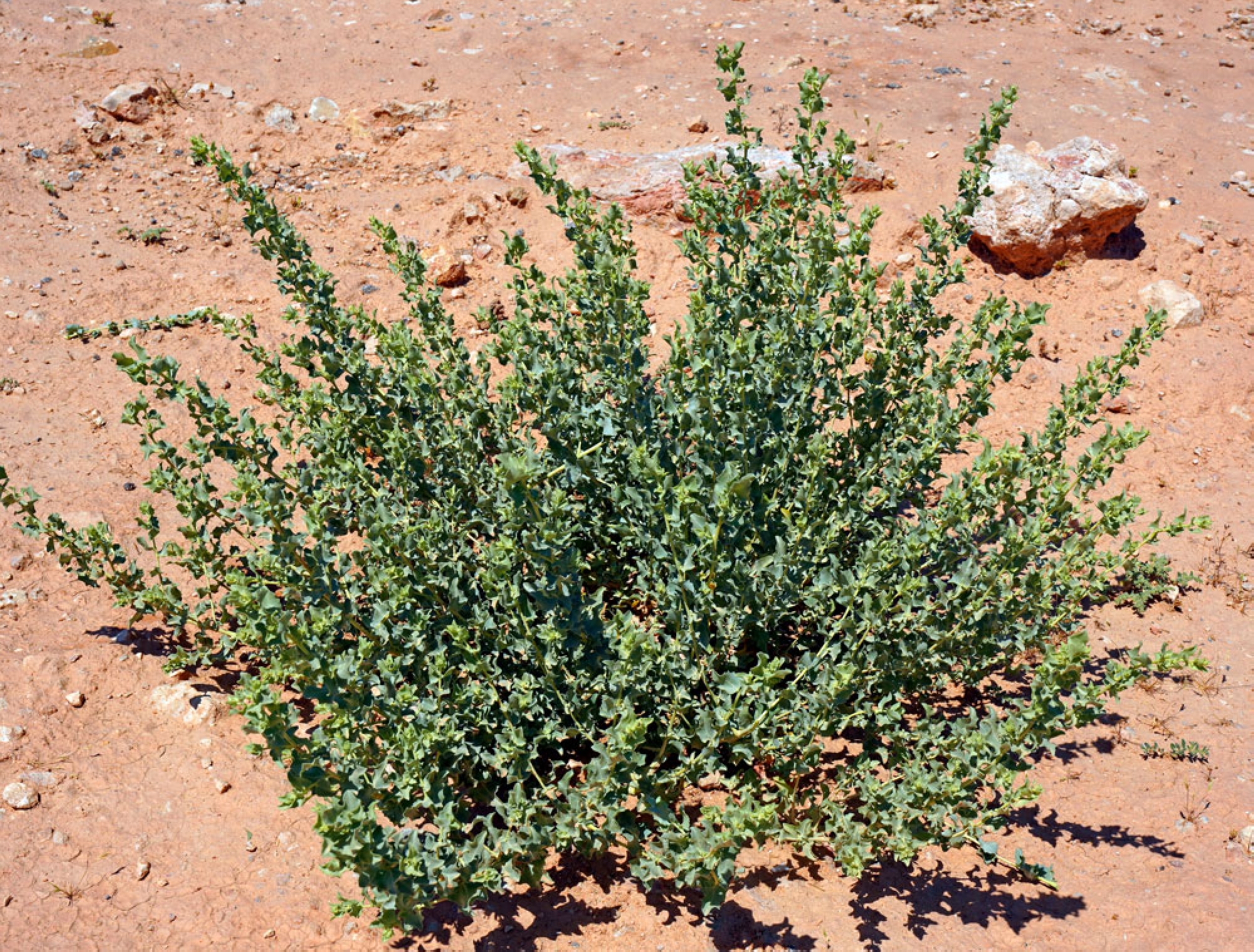
- Bermuda Grass ((Poaceae Cynodon dactylon): A perennial forage plant, known for its resilience, fast growth, and ability to withstand mowing and foot traffic.
- Bold-leaf launaea (Launaea nudicaulis): A perennial herbaceous plant that grows in sandy soils, featuring bright yellow flowers that bloom in spring.
- Milkvetch (Astragalus spinosus, Mimosaceae): A perennial vascular plant with thorns and broad leaves, commonly known for its use in traditional Chinese medicine.
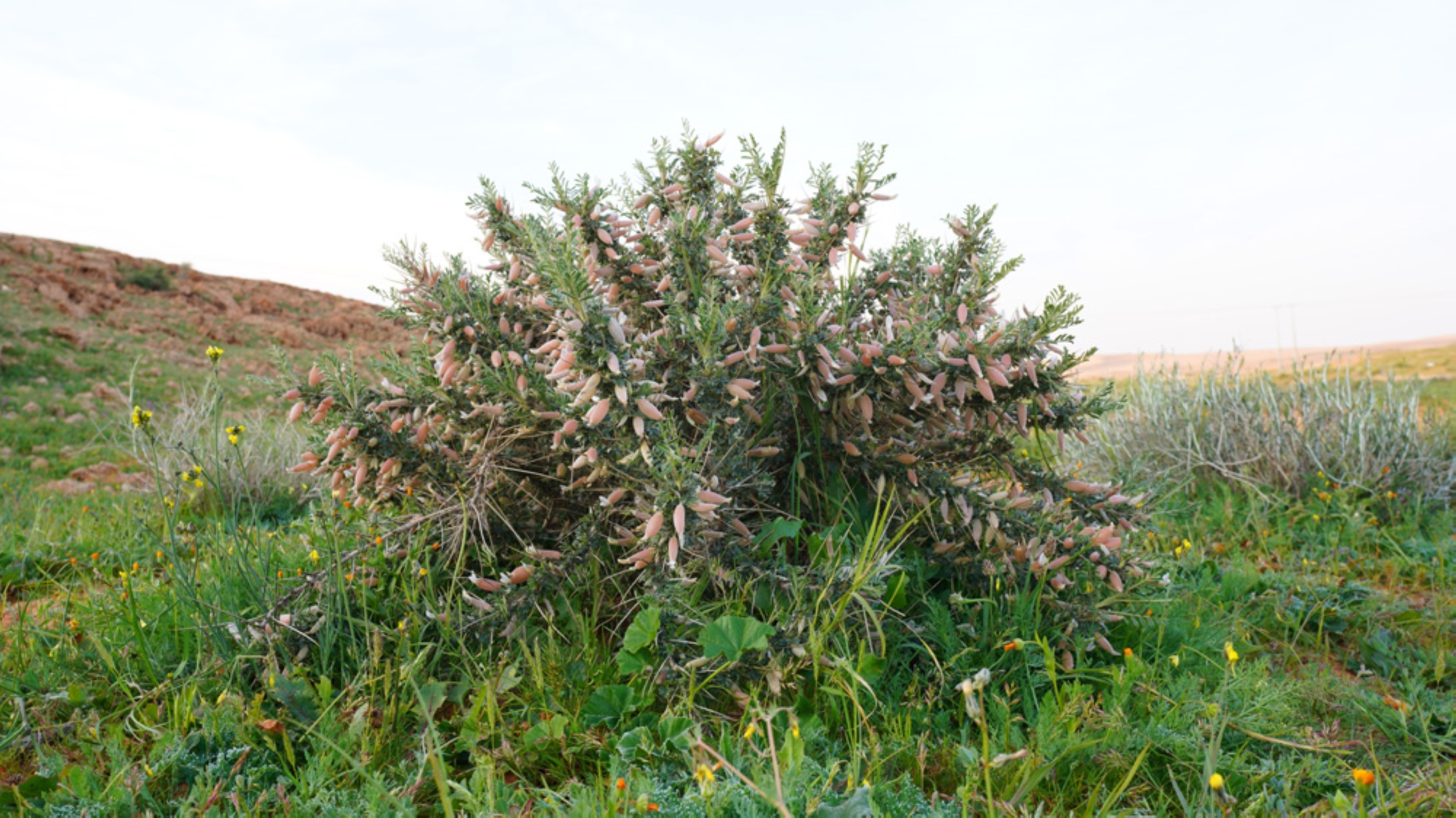
King Abdulaziz Royal Reserve Development Authority
King Abdulaziz Royal Reserve Development Authority oversees the reserve and its development. It is a government entity with independent administrative and financial authority. Its Board of Directors is chaired by His Royal Highness Prince Abdulaziz Bin Saud Bin Naif, the Minister of Interior.
The authority was established pursuant to Council of Ministers Resolution No. (437) dated February 24, 2020, which approved the organizational arrangements for the Council of Royal Reserves and the Development Authorities of Royal Reserves.
The authority is responsible for developing the King Abdulaziz Royal Reserve and preserving its natural resources. It holds legislative and regulatory authority over the reserve and works on implementing its development strategy in collaboration with various entities within the local and global environmental ecosystem. This ensures the reserve's environment is preserved and its sustainability is secured for future generations.
Related quizzes
Related articles
